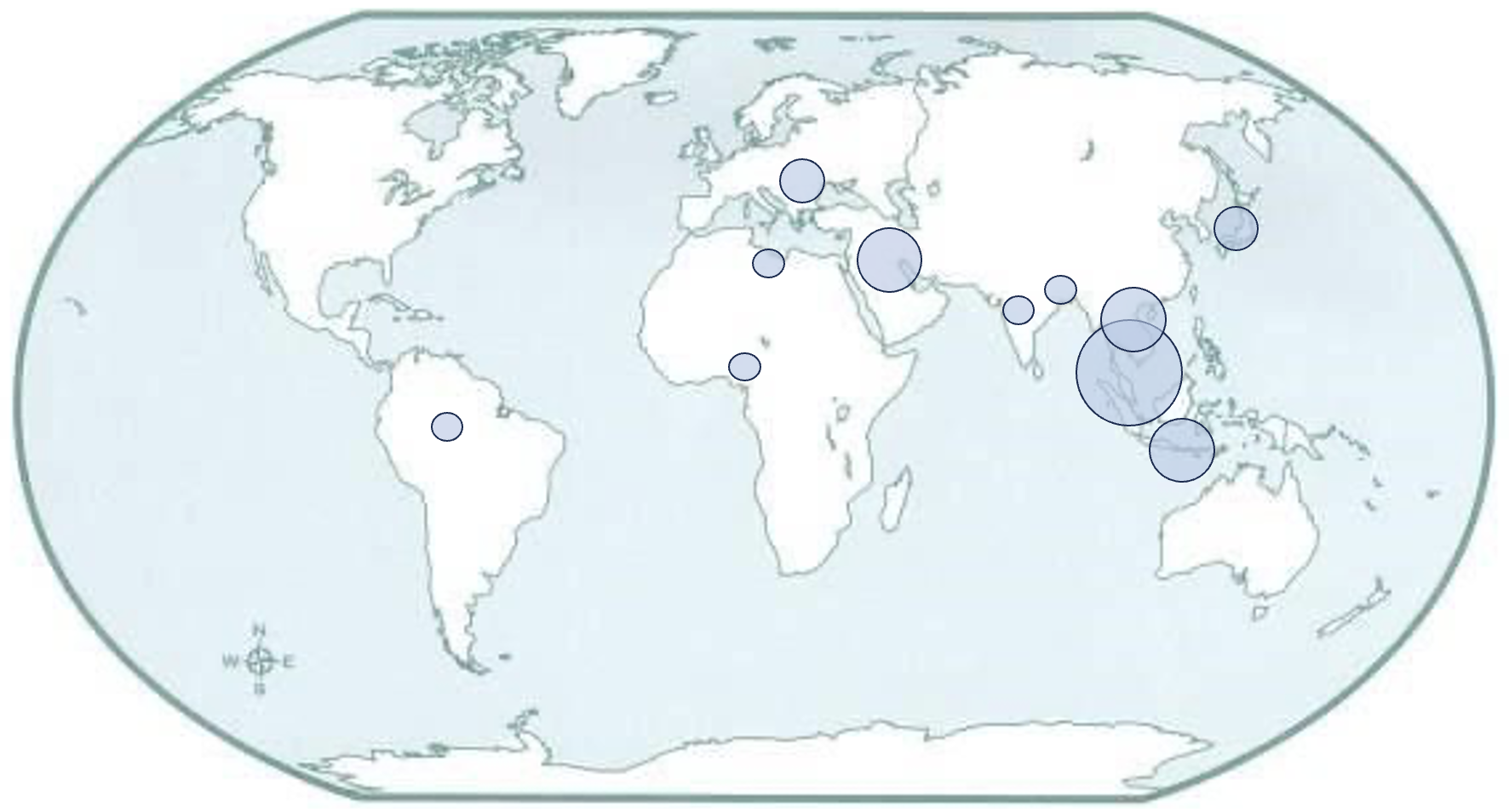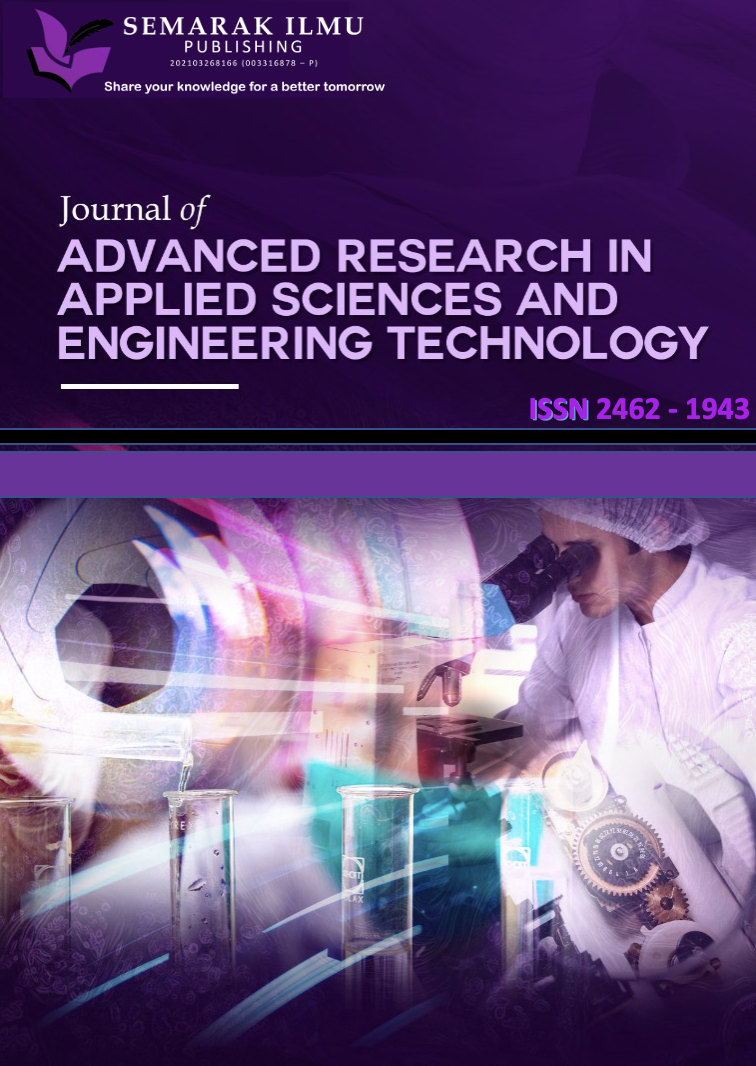Interfacial Reaction and Intermetallic Compound Growth Behaviour of CNT-Filled Composite Solder on the Oxidizing Substrate
DOI:
https://doi.org/10.37934/armne.25.1.95106Keywords:
CNT-composite solder, oxidised substrate, carbon nanotube, intermetallic compoundAbstract
The poor performance of traditional solder joints, which can be attributed to the formation of oxide layers on the substrate surface during the die attach process, has driven research into alternative materials like CNT-composite solder, which offers improved wetting and mechanical properties without compromising electrical performance. This study investigates the performance of CNT-composite solder (CCS) after the reflow process on the oxidizing substrate. The performance of the CCS was evaluated by comparing the morphology of the IMC layer of CCS with the IMC layer of SAC305. The morphology of the IMC layer was observed using Scanning Electron Microscopy (SEM) equipped with Energy Dispersive X-ray (EDX). The thickness and the roughness of the IMC layer for both the SAC305 solder and the CCS solder also were measured. The results reveal that the CCS solder has produced a thin IMC layer but rougher than the IMC layer from SAC305 solder. It concluded that the presence of CNT within the solder matrix plays a major role in the thin and rougher IMC layer. The thin layer of the IMC layer at an initial stage will benefit by increasing the solder joint’s lifespan.
Downloads

























